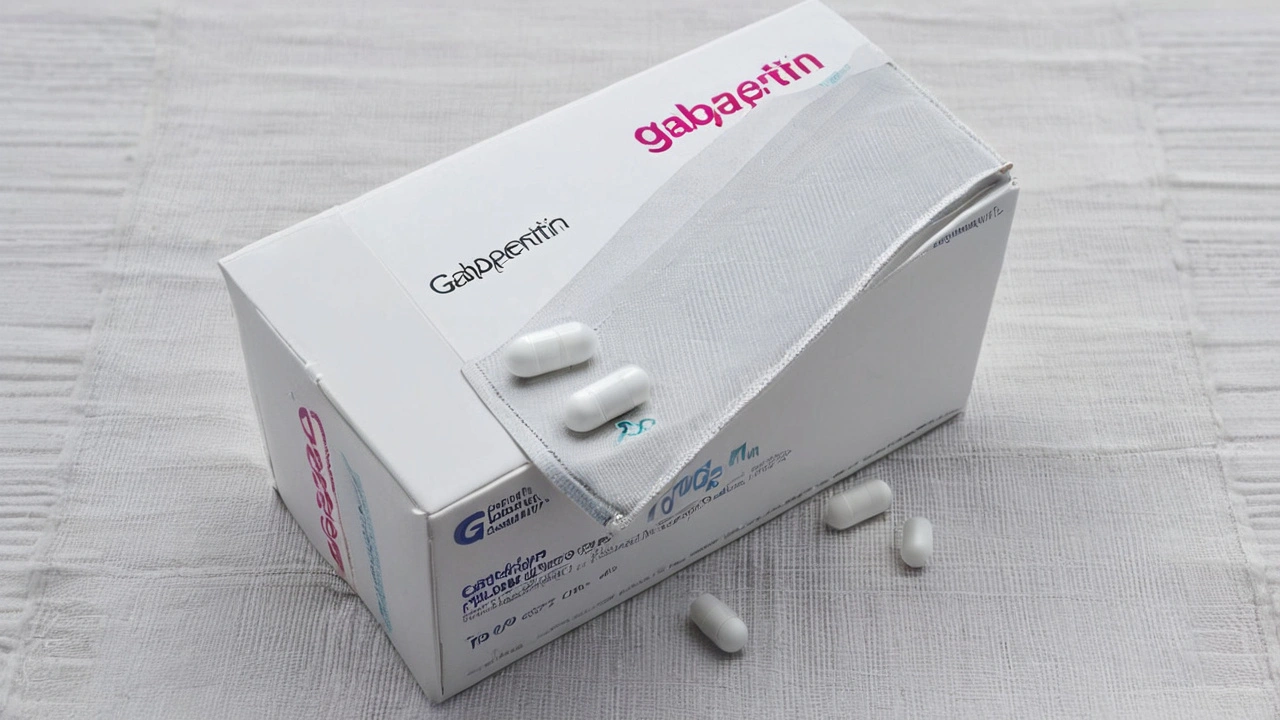Anticonvulsant Basics: What They Are and How They Help
If you or someone you know deals with seizures, chances are an anticonvulsant medication is part of the plan. In plain terms, anticonvulsants (also called antiepileptic drugs) calm the brain’s electrical storms that cause a seizure. They’re not one‑size‑fits‑all; doctors pick the right pill based on the type of seizure, age, other health issues and how the body reacts.
Common Anticonvulsants You’ll Hear About
There are dozens on the market, but a few pop up most often:
- Carbamazepine (Tegretol) – good for focal seizures and some nerve‑pain problems.
- Levetiracetam (Keppra) – fast acting, works for many seizure types, and has fewer drug interactions.
- Lamotrigine (Lamictal) – often used for both seizures and mood stabilization.
- Valproate (Depakote) – broad spectrum, but watch out for liver concerns.
- Phenobarbital – an older drug still useful in low‑resource settings.
Each of these has its own dosing schedule and side‑effect profile, which is why you’ll see a lot of advice on our site about how to take them safely.
How Anticonvulsants Work (In Simple Terms)
The brain talks to itself with electrical signals. In a seizure, those signals go haywire. Anticonvulsants either boost the calming “GABA” system, block excitatory channels like sodium or calcium, or modulate neurotransmitter release. Think of it as turning down the volume on an over‑excited speaker.
Because they act on different pathways, doctors sometimes combine two drugs to cover more ground – but that also raises the chance of side effects.
Side Effects You Should Watch For
Most people feel fine after a few weeks, but some experience drowsiness, dizziness, weight changes or mood swings. Rarely, skin rashes (like Stevens‑Johnson) can appear – that’s an emergency call to the doctor.
Blood tests are often needed for drugs like carbamazepine and valproate to check liver function and blood counts. If you notice anything unusual—persistent nausea, severe fatigue, or a rash—reach out to your healthcare provider right away.
Practical Tips for Taking Anticonvulsants
- Take at the same time every day. Consistency keeps blood levels steady.
- Avoid sudden stops. Stopping abruptly can trigger seizures; taper slowly under medical guidance.
- Watch for interactions. Alcohol, certain antibiotics and over‑the‑counter pain relievers can mess with drug levels.
- Use a pill organizer. It helps you see missed doses quickly.
- Stay hydrated and eat regular meals. Some anticonvulsants are easier on the stomach with food.
Our tag page pulls together articles that dive deeper into specific meds, shipping tips for online pharmacies, and how to handle side effects. Whether you’re looking for a guide on levetiracetam dosage or want to compare alternative seizure drugs, you’ll find practical info right here.
Remember, anticonvulsants are powerful tools but they need careful handling. Keep open communication with your doctor, stick to the plan, and use resources like Drugs‑365 to stay informed.

Comprehensive Guide to Gabapentin: Uses, Side Effects, and Safety Information
Gabapentin is a versatile anticonvulsant medication used to control seizures and manage nerve pain. While effective, it comes with a variety of potential side effects and risks. This article delves into the uses, side effects, and safety considerations for anyone prescribed this medication.